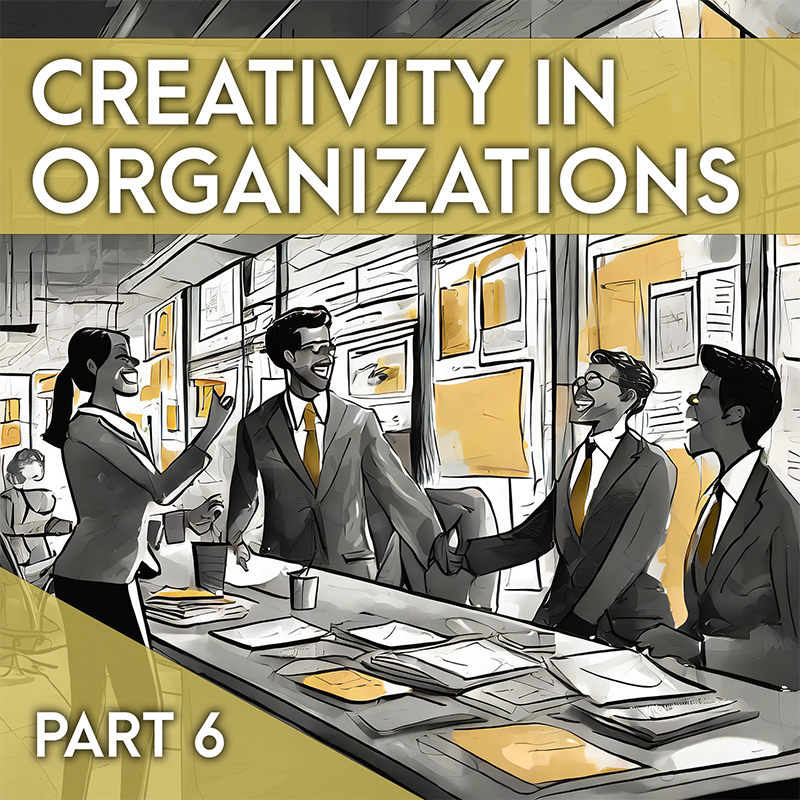visualsOrganizations can also create through visual communication and the use of symbol, pictograph, sigil, mural and cave painting. They may use whatever tools they have on hand: ink, stone, textile, television, or Instagram.
The visual medium might allow us to do many things – solemnly reflect and contemplate in a hushed “gallery” setting, gain mutual understanding of the game plan devised on the locker room whiteboard, rally beneath the flag or behind the crested shield of our warring tribe, or identify teams by the marks and colors they wear. The practices of graphic recording and graphic facilitation allow us to use the blank walls of our workspace as a canvas – providing visual feedback in real-time as we brainstorm, collaborate, make decisions, tell stories, or develop strategies.
0 Comments
In complex business environments, leadership cannot be off-boarded or outsourced. As leaders and executives, sometimes we blame the bad things happening around us on others, or the market, or circumstance.
Things like ineffective meetings, staff turnover, teams not hitting their goals, people holding back, lack of work/life balance, and not sticking to the strategy. These have nothing to do with other people and everything to do with the way you show up as a leader. It’s been said that “people don’t leave bad jobs, they leave bad managers.” The opposite is also true. People don’t follow ideas, they follow other people. Is your mission confusing and convoluted? Are there too many initiatives to remember? Have you made your vision of the future (and their role in it) crystal clear for the team? If not, chances are they will burn out. If they stop believing in your capacity to lead, you will no longer be their leader. No amount of bonuses or self-care days will undo it. Executives and leaders experiencing complexity and overwhelm can do two things to establish leadership in complex environments:
This alignment will look more like group storytelling than strategy. It will involve all of your people and involve them in visualizing things like retrospectives, journey maps, and cones of plausibility. Consider how the diversity of voices, perspectives and competencies you convene and empower today will impact, amplify, drive, or disrupt your work in the future. Visionary leaders prepare for this long tail and are able to manage the business along multiple horizons. The emotional benefits for leaders who can do this include:
Some measurable results we have seen in leaders and businesses that can enable this kind of thinking and behavior in those around them include:
As mentioned in our book, Visionary Leadership, these types of leaders are able to do three things well:
Raise more visual leaders. Celebrate them. Watch them shine. |
Details
ABOUT THE AuthorJoran Slane Oppelt is an international speaker, author and consultant with certifications in coaching, storytelling, design thinking and virtual facilitation. Archives
March 2024
Categories
All
|



 RSS Feed
RSS Feed